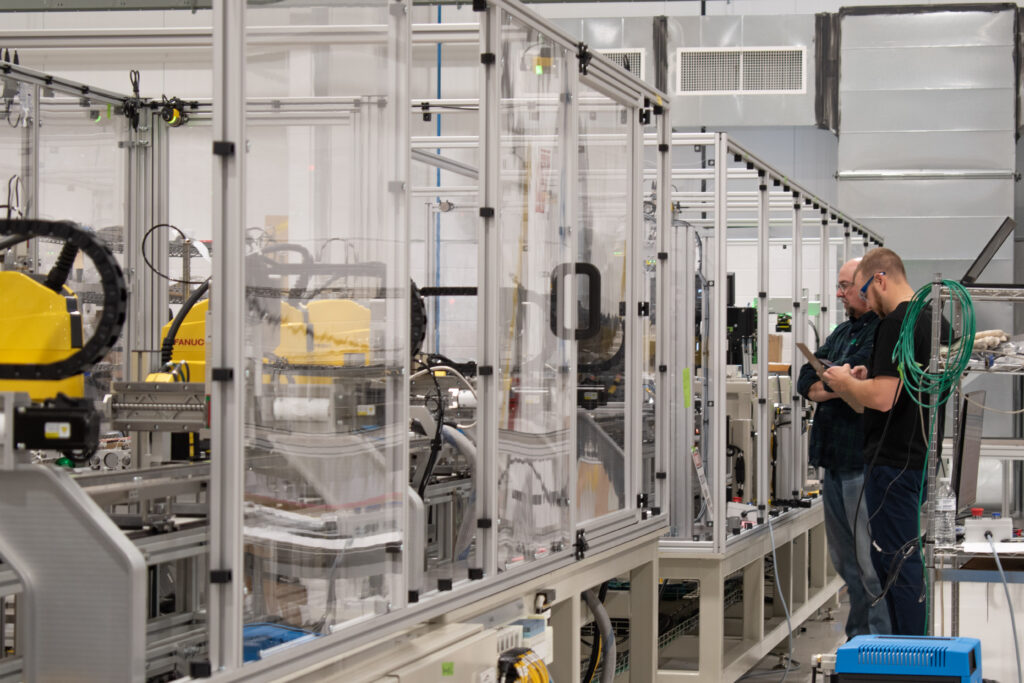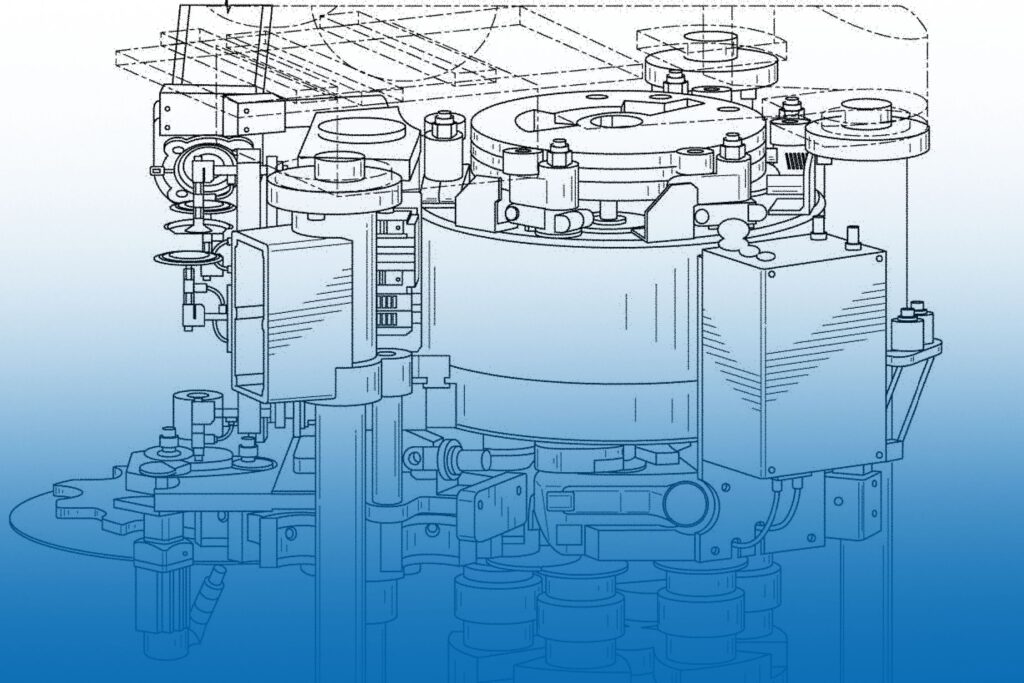Keeping your automated machine running at full efficiency should hold the highest priority in your production facility. A comprehensive preventative maintenance plan given to you by your automated partner helps your team implement routine maintenance.
Developing a plan to routinely service your machine maintains your facility’s optimization and prolongs the technical health of your operation. When it comes to your automated machinery, constantly moving parts need maintenance to keep running at an efficient rate. Many times, routine lubrication under a weekly or bi-weekly schedule can extend the life expectancy of your machine, ultimately saving you money.
Preventative Maintenance Plan Considerations
Any experienced automation company realizes the parameters of a preventative maintenance plan relevant to the system created for the application. Hence, preventative maintenance plans should be included in the initial quote for the project and can be fine-tuned in later stages to clarify the automated system’s needs.
As quoted from TWI Global, “Preventive maintenance is the regular and routine maintenance of equipment and assets in order to keep them running and prevent any costly unplanned downtime from unexpected equipment failure.”
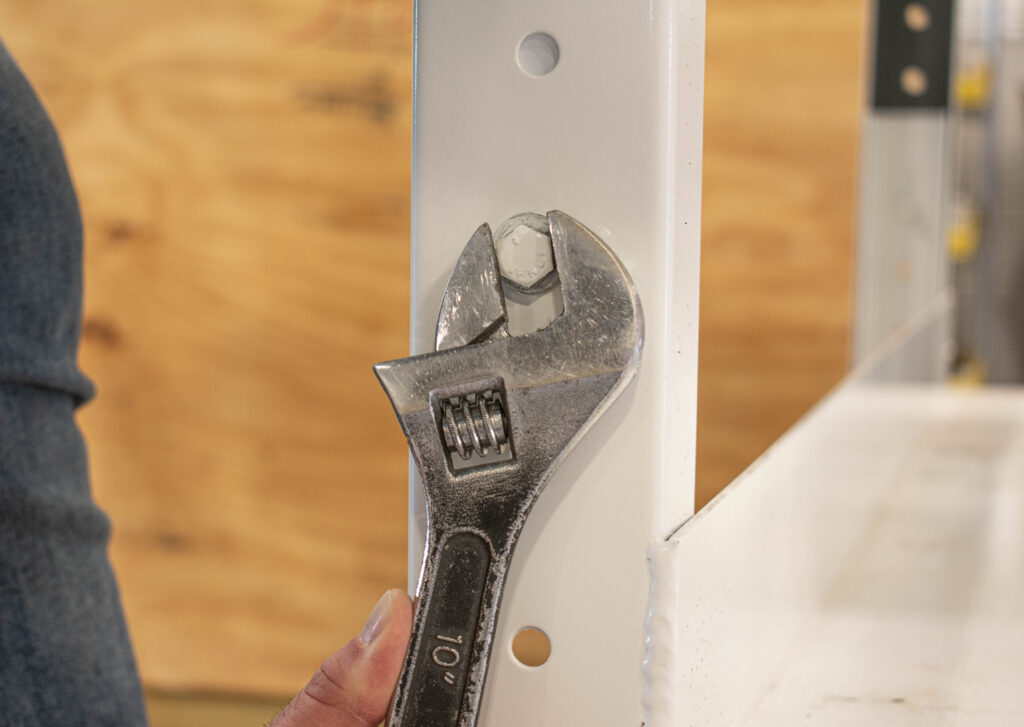
When developing a preventative maintenance plan, it is important to consider how often your automated machine is in use. A machine that runs 24/7 will need more frequent maintenance than a machine that only runs during scheduled shifts or at variable times. Within these considerations include:
- The number of moving parts for lubrication
- Vision systems and camera cleaning
- Checking machine alignment and accepted tolerances
- How many consumable parts the system uses
- The number of spare parts available
- Required training for your team
With the above considerations, an optimized routine maintenance schedule can easily be implemented within your team.
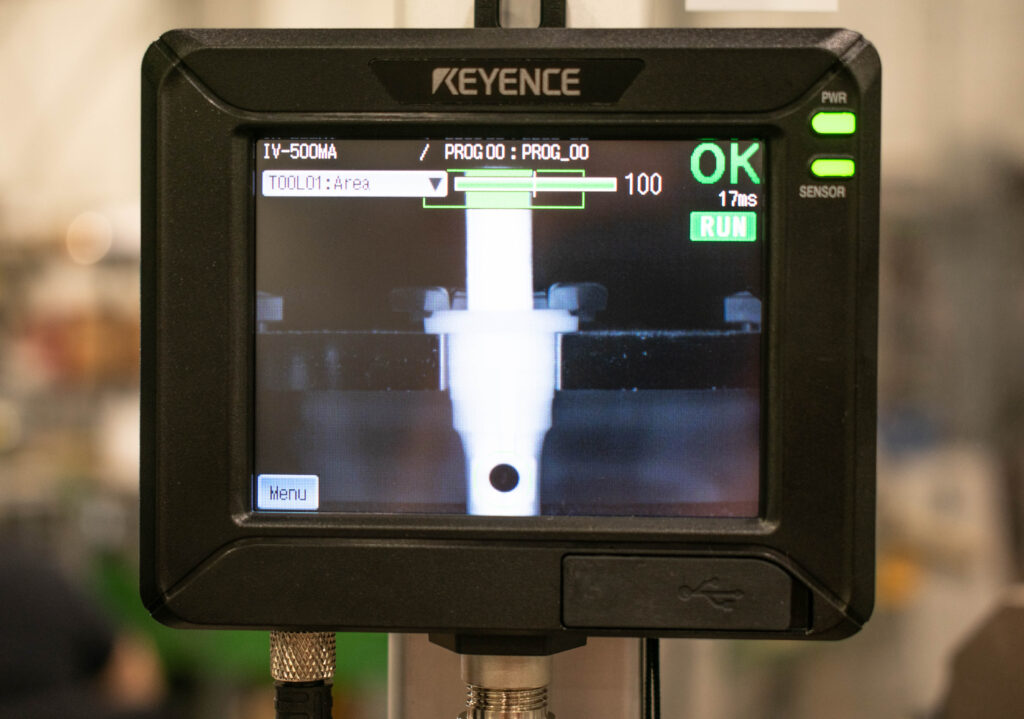
Team Training
Before even leaving our facility, each client is offered training during designated runoff stages. When a machine passes its final testing, additional training is offered at its designated facility to encompass the challenges and solutions of the entire machine. This allows our clients to troubleshoot and solve machine disturbances quickly, saving time and money.
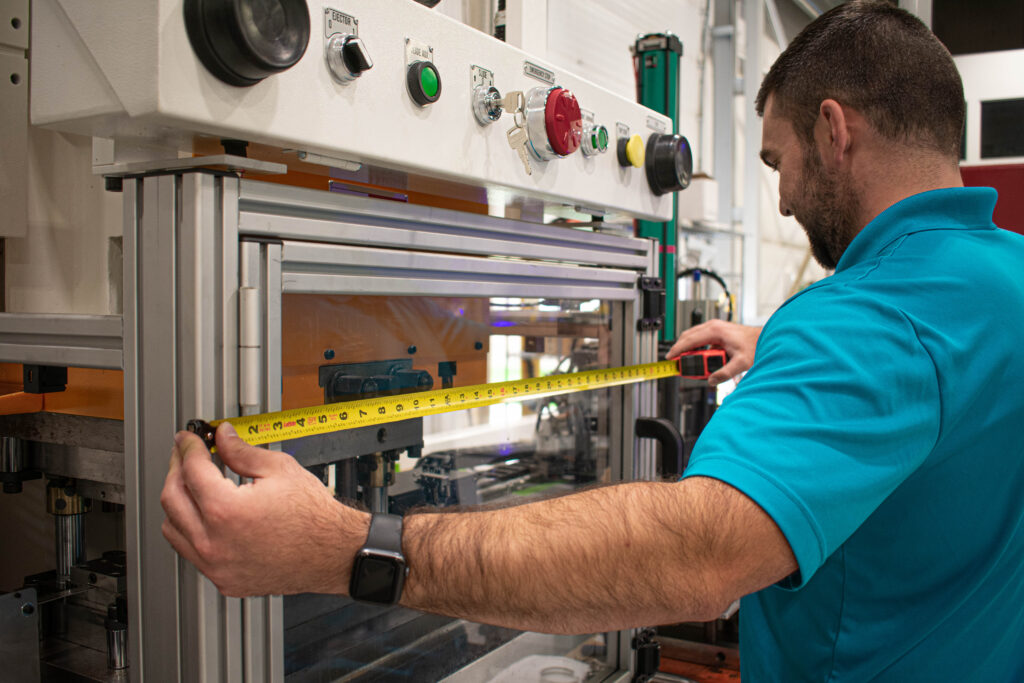
Though the most common element in a preventative maintenance plan is the stocking of spare parts, another important influence is the committed accountability your team demonstrates when implementing routine maintenance. Without accountability, routine maintenance could fall into an irregular schedule, increasing the risk of encountering unscheduled downtime and costly machine repairs.
Summarized Benefits
- Decreased risk of unscheduled downtime
- Decreased risk of costly repairs
- Team training for on-site support
- Extending your machine’s longevity
- Trusted spare parts partnership
- Enforce a culture of accountability
With over two decades of experience, SDC understands the importance of establishing a preventative maintenance schedule. We can customize each plan to reflect your needs in your automated application even if you have not partnered with us before to create an automated system. Even if you do not have an automated system from SDC, we can help you keep your current machine up to date.
Contact SDC to learn more about how we can help with your preventative maintenance or future automated project. Check out some of our past projects here.
